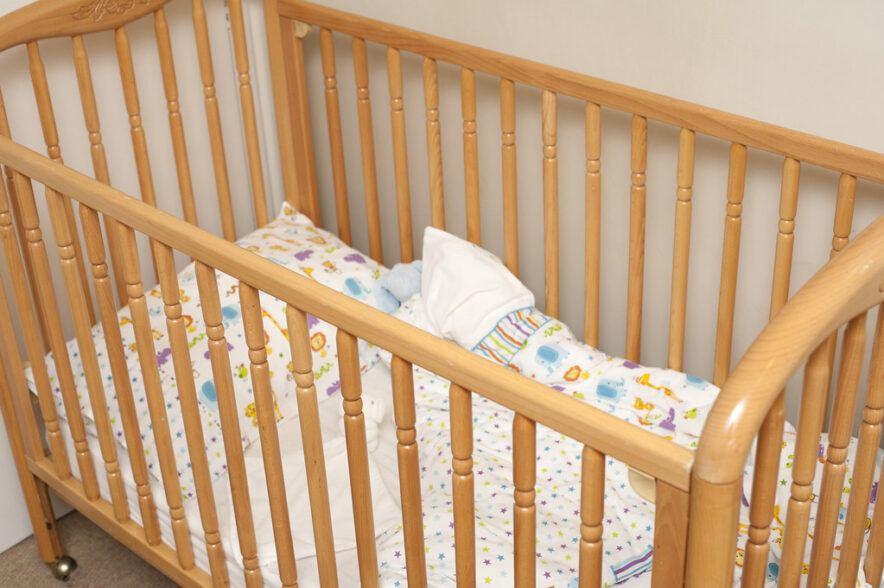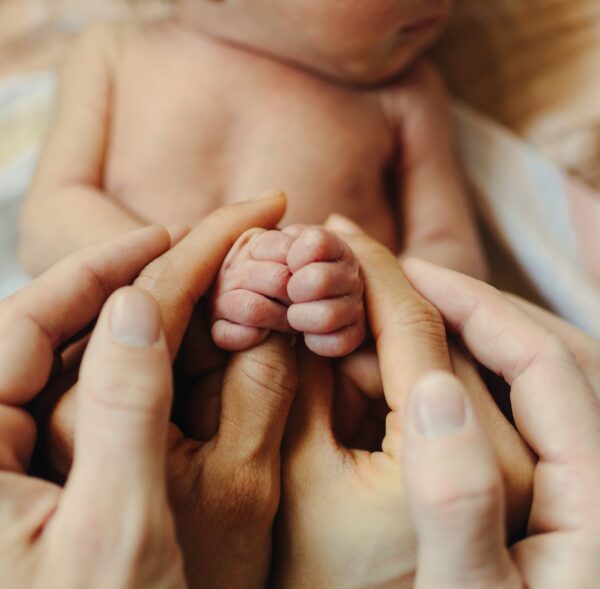Recent ABS data on Australia’s declining birth rate has experts concerned

Australia’s fertility rate is at near record lows – on par with South Korea and Switzerland – leaving experts concerned about two things: a rapidly ageing population, and an under-resourced workforce.
The concerns have come about on the back of recent data from the Australian Bureau of Statistics (ABS) which found that Australians are likely to have an average of 1.6 babies over the next five years, below the international average of 2.3.
This, experts believe, could have a profound impact on Australia’s available workforce, our health system, and the cultural makeup of the country.
Essentially, as ABS demography director Phil Browning explained, the data shows that Australia is unlikely to replace the current generation.
“In terms of where fertility is right now, it’s down – it’s really low for Australian history,” he shared with The ABC.
“The total fertility rate is a measure across a woman’s child-bearing years – [we estimate] that you will have 1.6 babies if she experiences that rate right through her fertile years, and we measure that from age 15 to age 49.”
The ABS determined what would happen if Australia’s fertility rate accelerated, decelerated or stayed at a similar rate.
All three projections from the ABS showed Australia was below the international average, meaning children would be outnumbered by people over the age of 65 by 2034.
This finding is a concern for demographer Amanda Davies, who said other countries ahead of Australia in population growth had already started tackling these issues head-on, citing Japan as “a fantastic example” of a country which is more advanced in these discussions, testing artificial intelligence (AI) bots and services in the support workspace, in preparation for an increasingly elderly population.
“There are already a lot of tech companies developing in that space … AI robots and services to check up on people’s health and wellbeing, remind you to take your pills, have a chat to it to keep your mental faculties going,” she said.
Should the fertility rate stay at its current level it is likely that migration rates will rise to meet the demand for workers, which could impact the cultural makeup of the nation.
“With no migration, Australia’s population would begin to fall in about 10 years,” Dr Peter McDonald from the University of Melbourne explained.
“Many countries around the world are already experiencing population decline and most are not happy about that situation.”
“As long as fertility remains at 1.6 and migration continues as it has over the past decade, Australia does not have a demographic-economic problem.”
Experts are calling for politicians to take note of the declining fertility rate and the potential outcomes should it not be addressed.
For many young people, coming out of university with debt and into a housing crisis and insecure employment has meant tough decisions about delaying starting a family, or not having a family at all.
Dr Davies said it was important to consider these aspects, and to start prioritising population policies not just for the wellbeing of the economy, but for the social make-up of Australia.
“Australia needs to continue to improve its work and family policies such as the provision of affordable childcare, but more for the well-being of mothers than to increase the fertility rate,” she said.
“But, in coming years, we need to closely monitor the number of children that Australian women are having to ensure that we are not falling into a low fertility trap.”’
To read the original coverage of this story please see here.
Popular

Practice
Provider
Quality
Research
Workforce
New activity booklet supports everyday conversations to keep children safe
2025-07-10 09:00:16
by Fiona Alston

Quality
Practice
Provider
Research
Workforce
Honouring the quiet magic of early childhood
2025-07-11 09:15:00
by Fiona Alston

Quality
Practice
Provider
Workforce
Reclaiming Joy: Why connection, curiosity and care still matter in early childhood education
2025-07-09 10:00:07
by Fiona Alston












